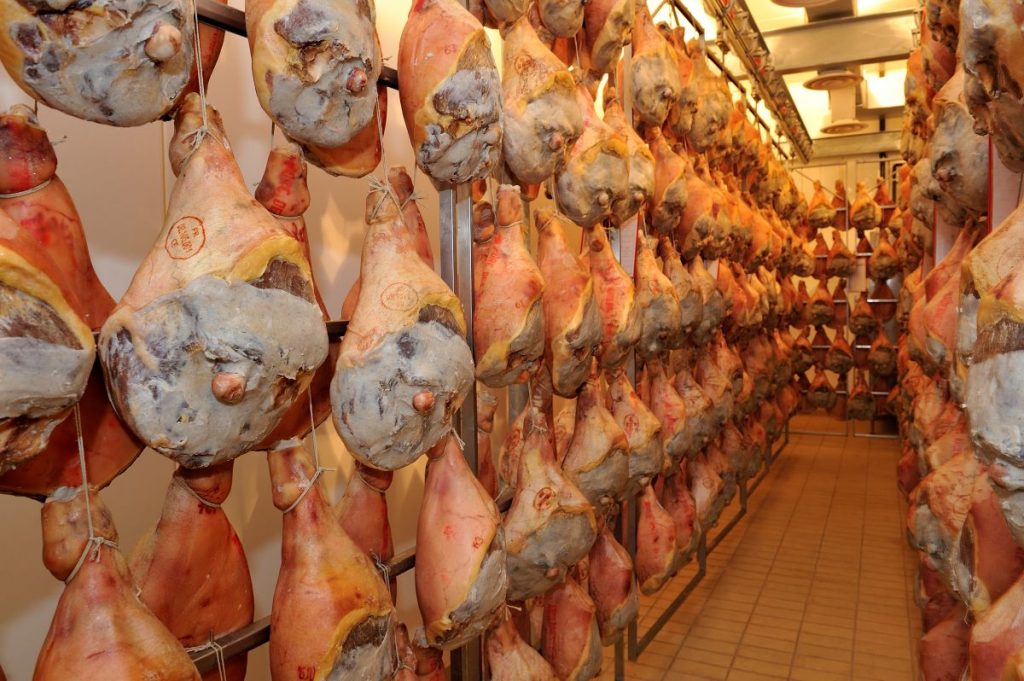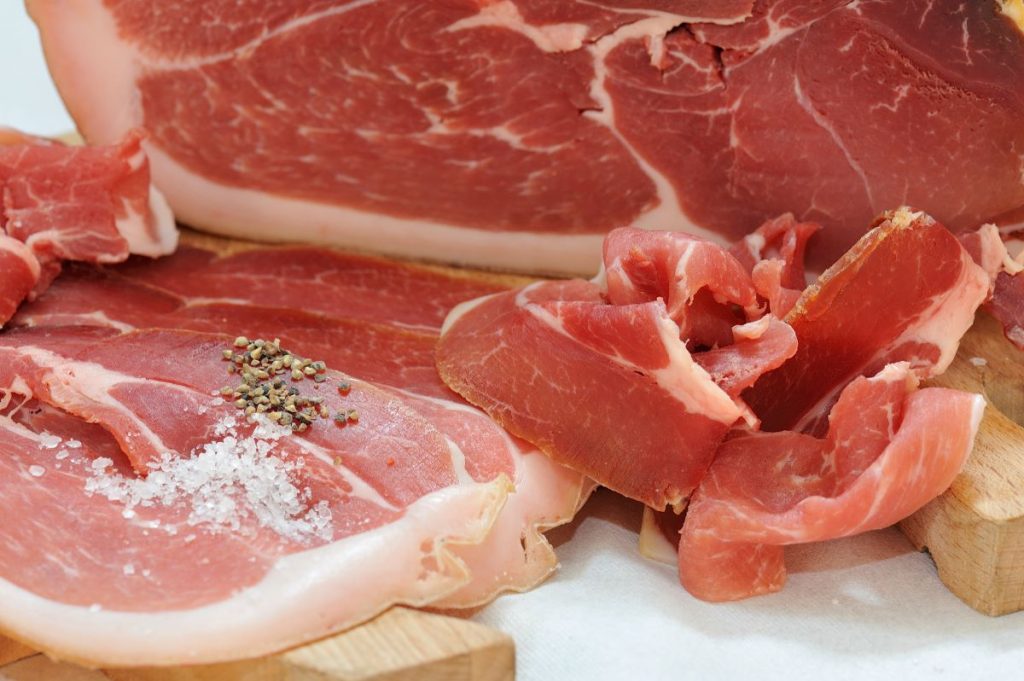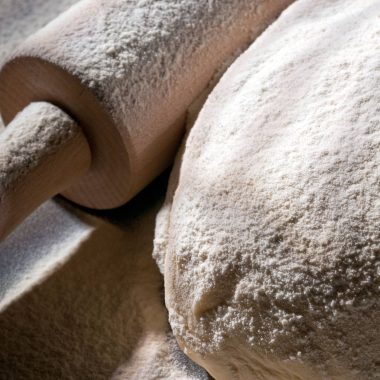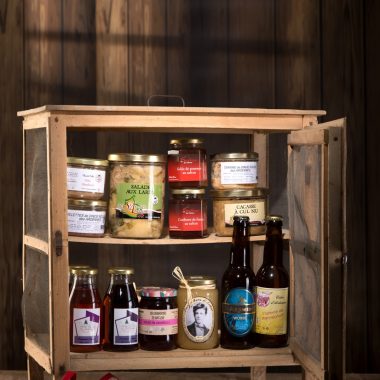A smell of melon, a sweet flavor of dried and salted meat, a burgundy hue, a soft and melt-in-the-mouth texture… The Dry ham from the Ardenness deserves a poem. Since 2015, like the walnut ham from the Ardennes, it has at least been marked by the'Protected Geographical Indication (PGI). It is a product of excellence historically attached to the Ardennes terroir at least since the end of the 18th century.
Traditional method
Ardennes dry ham is a local and popular culinary reference. All the farms then had their pig. The killing of the pig was an event. It was often the only meat consumed in families. That is why it had to be well preserved. For this, a traditional salting method developed in the attics of the peasants.



Not smoked
Current preparation still follows three stages: salting, drying and maturing. Salting, accompanied by rubbing with spices specific to each producer, is entirely manual. The drying time takes place in conditions close to those of yesteryear. Then start ripening which can last up to 12 months. Unlike Belgian Ardennes Ham, Ardennes dry-cured ham is not smoked.
Defended by a Brotherhood
Dean of the Ardennes brotherhoods, the Brotherhood of dry ham from the Ardennes It has been defending it since 1986. It suggests tasting it dry, finely cut, with an omelette but without cooking it in the omelet, accompanied by an Ardennes beer or a glass of local cider.



















